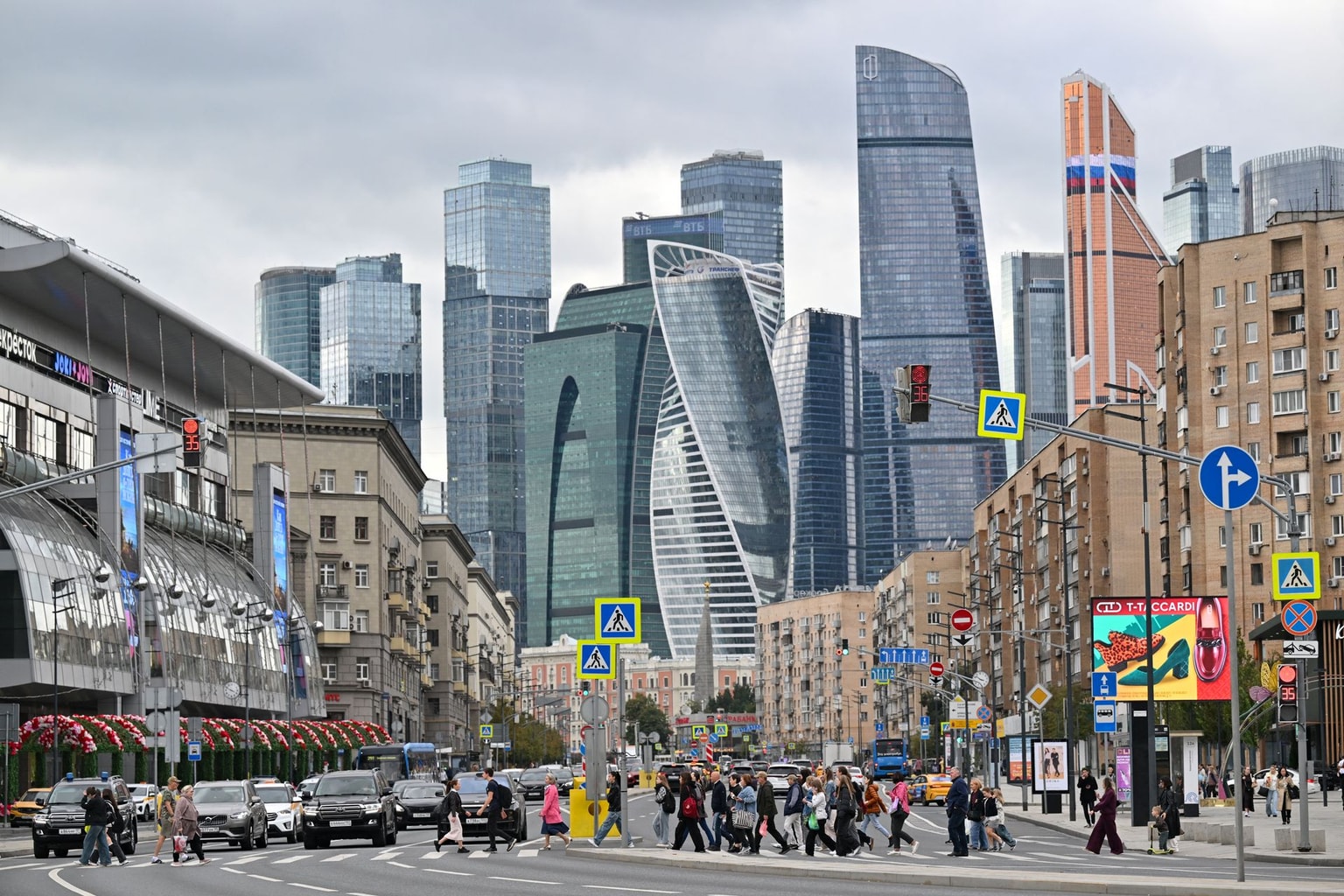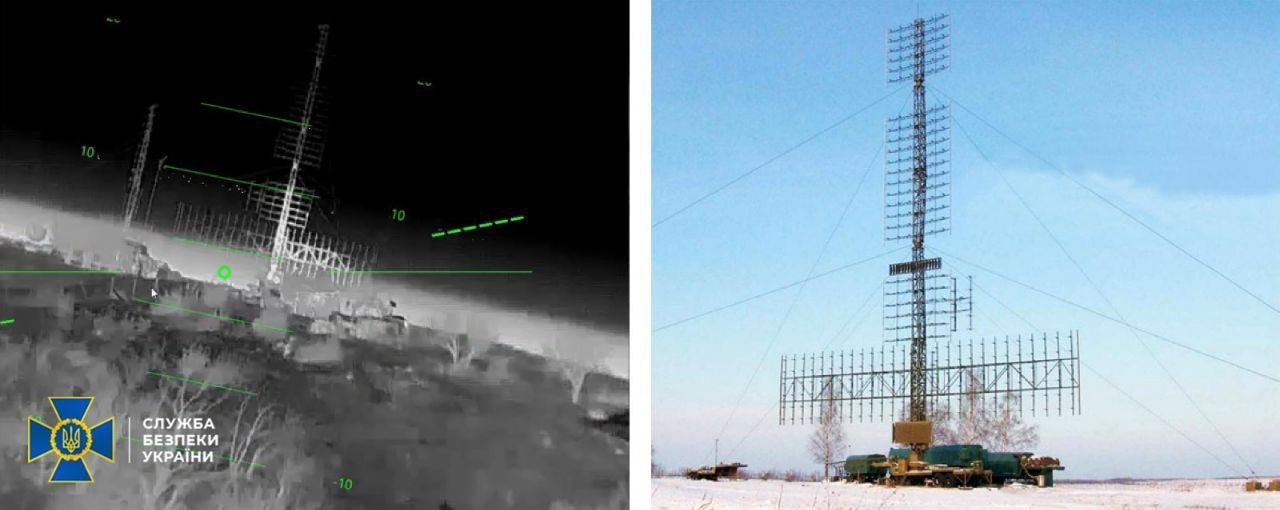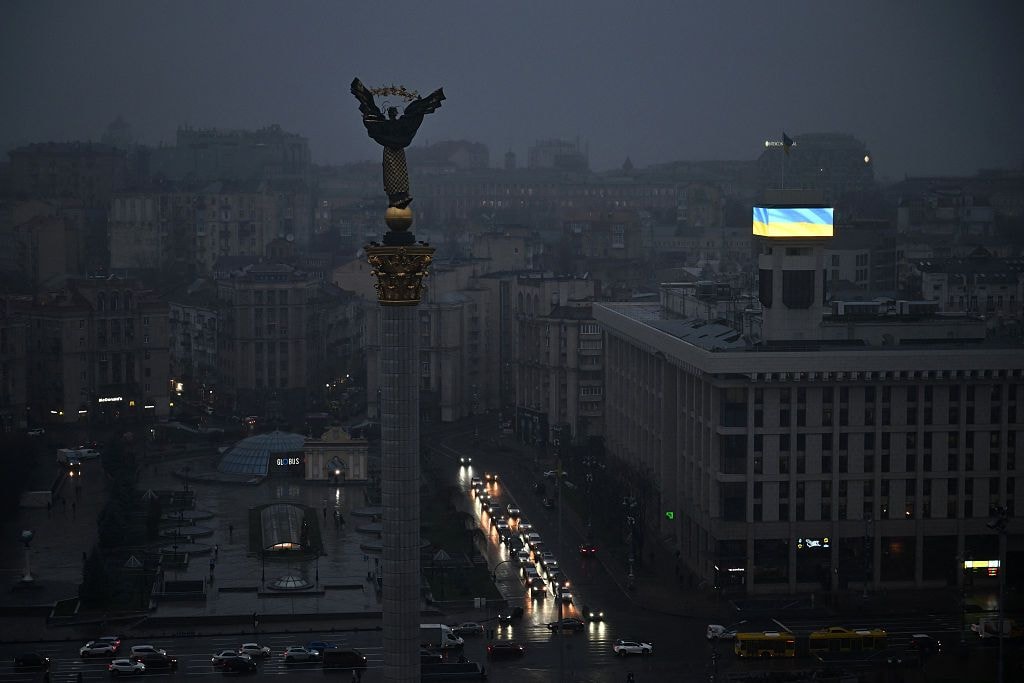Governor: At least 16 injured in Russian attack on Kurakhove

At least 16 people have been injured after Russian forces launched what was likely a guided aerial bomb on the city center of Kurakhove, a city in Donetsk Oblast, local governor Vadim Filashkin reported on March 3.
The attack on Kurakhove happened at around 12 p.m. local time, and at least 15 high-rise buildings were damaged by the impact, according to Filashkin. Preliminary reports suggest that it was a guided aerial bomb that targeted the city.
Two of the injured are currently in serious condition.
Civilians in Donetsk Oblast settlements suffer from daily Russian strikes due to their proximity to the front line. Heavy battles continue in the region as Russia intensifies offensive actions along the front, and Ukraine's Armed Forces face serious ammunition shortages due to delays in U.S. aid.
Earlier on March 3, the Prosecutor General's Office reported that five people had been injured after Russian forces launched attacks against the towns of Myrnohrad and Pokrovsk in Donetsk Oblast.
Russian forces struck Myrnohrad using four Soviet-era S-300 missiles and fired an Iskander-M ballistic missile at Pokrovsk.











